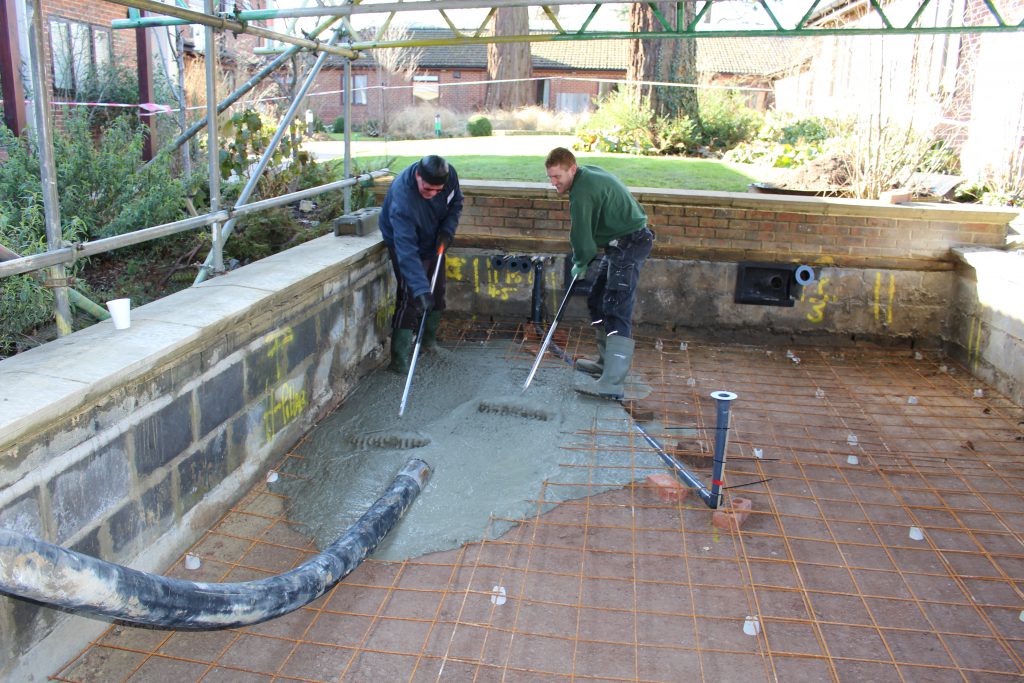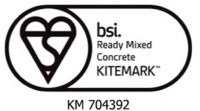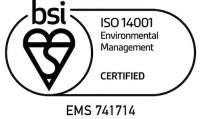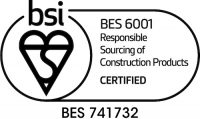Having the perfect mix of concrete is all well and good, but if you don’t have the right tools to finish your concrete and create an immaculately smooth surface, it’s all for nought. In this article, the EasyMix team are going to be covering the best tools in the business for finishing concrete, and the finishing process itself, so you can make the most of quality mixes.

Square-edged shovels
Once concrete has been poured, it needs to be spread and prepared for screeding and floating. While this sort of spreading doesn’t need to be carried out with the same precision as screeding, a square-edged shovel will make the process of evening the concrete a lot easier.
Screed boards and straightedges
The real finishing process begins when you screed the concrete using a screed board or straightedge. The purpose of this process is to remove any excess concrete and level the surface to the proper grade. Screeding can really make or break the finishing process, so it’s important that you get it right.
For a screed board, you can simply use a 2×4 piece of wood. However, if you are looking for the most professional finish possible, we would recommend going for an aluminium straightedge; the splinter-free surface will ensure absolute smoothness.
Floats
Floats are used to level ridges, fill voids and smooth the surface as much as possible in preparation for trowelling. They can also be used to ensure that some of the rougher aggregate left on the surface of the concrete by screeding is properly concealed.
Floats themselves are simply flat sheets of wood, aluminium or magnesium with handles along their length. Again, while wood will certainly do the job, we would recommend aluminium or magnesium for the smoothest finish possible. For very large surfaces, you might want to consider a bull float. With a wider surface and a longer handle, these floats are designed to specifically tackle much bigger projects.
Trowelling
The trowelling stage can be seen as a more granular version of the floating stage. A smooth finish can be achieved during the floating process, but trowelling offers even greater precision. This is because the sharp steel edge of a trowel can perform even the most delicate tasks – it can also be used to bring water to the surface of the concrete to keep it damp.
Edging tools
Once the smoothest finish possible has been achieved through floating and trowelling, an edging tool is required. As the concrete dries and begins to harden, the edging tool is used to break the concrete away from the form boards as cleanly as possible, allowing the concrete to stand alone. An edging tool is usually an L-shaped metal sheet with a handle similar to that of a float or a trowel.
Need some help with your next concrete project? As a leading supplier in the industry, EasyMix Concrete knows the importance of using the highest quality concrete for all applications and projects. We offer our services to customers throughout London, from installing driveways to pumping concrete through construction sites. If you would like to know more, please get in touch with us today and we’ll be happy to help.



